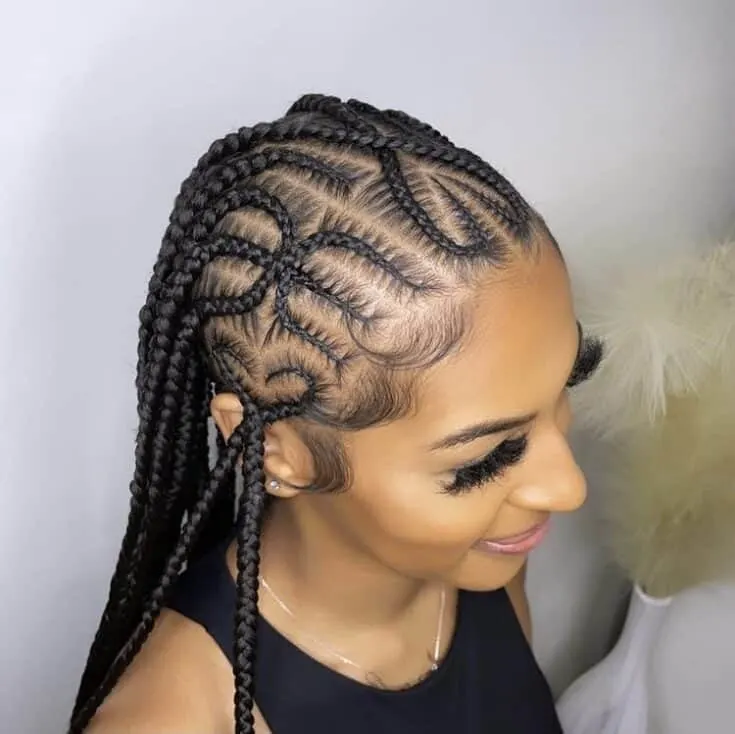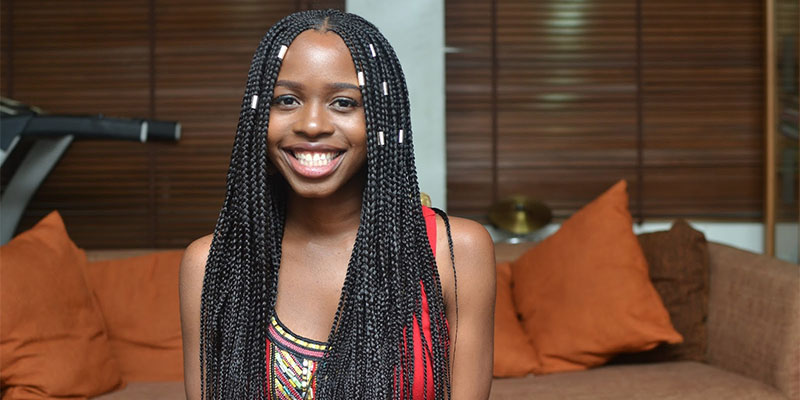

There are numerous choices for women who want to wear their hair in braids. What is the distinction between the Fulani and tribal braids, two popular hairstyle options? If you want to know more, read on!
Fulani braids
The Fulani people of Africa (for the full story on them, click here) are responsible for the intricate and beautiful braiding styles that give their hair its name. The Fulani are known for their thick, versatile braids. They can be braided all the way through the head, or you can leave some of the strands out for a more understated style.
Tribal braids
Tribal braids get their name from their resemblance to the braids worn by indigenous peoples all over the world. Tribal braids can be worn in a wide variety of styles and are typically thinner than Fulani braids. You can plait them all together or wear them loosely braided.
So, What Is The Difference Between Fulani And Tribal Braids?
Fulani braids tend to be thicker than tribal braids. The Fulani style of braiding is thicker and more dramatic, while the tribal style is more understated. Both are lovely, and each can give the wearer a distinctive look; the choice ultimately comes down to individual taste.
Can you put Fulani braids in a ponytail?
To answer your question, you can certainly wear your Fulani braids in a ponytail. Please note that the thicker Fulani braids may be too large to fit into a standard ponytail holder. A hairband or an elastic headband may be necessary to keep them in place in this instance.
Some Ideas Fulani Braids Hairstyles
We will only list a few of the many possible Fulani braids, but you can check out the full list here.
- Fulani braids with a free-flowing ponytail
- Fulani braids with a headband
- Fulani braids with curls
- Fulani braids with a braid crown
- Fulani braids with shaved sides
How many packs of hair do you need for Fulani braids?
About two or three packs of hair are required for typical Fulani braids. It’s worth noting, though, that the quantity required will change with factors like hair length and thickness. A few extra packs of hair may be required to finish the style if your hair is particularly long or thick.
How long do Fulani braids last?
If properly cared for, a set of Fulani braids can last as long as four weeks. Maintaining your Fulani braids with regular brushing and conditioning will maximize their longevity. To maintain their healthy shine, you could also use a hair serum or oil.
Final Thoughts
You can add a lot of character to your look by sporting a Fulani or tribal braid. Take good care of your braids, whether they’re Fulani or tribal, and they’ll serve you well for years to come. A heartfelt “thank you” for taking the time to read this
Sources:
Byrdie. The Fascinating History of Braids You Never Knew About. https://www.byrdie.com/history-of-braids
Amplify Africa. The Rich History of Braids. https://www.amplifyafrica.org/post/the-rich-history-of-braids
Ebena. Fulani Braids. https://ebena.net/style/tribal-fulani-braids/6685
Ebena. Ghana Braids. https://ebena.net/style/ghana-braids/914
Ebena. Box Braids. https://ebena.net/style/box-braids/43
Onchek. 6 Popular Braiding Styles and Their True Origin. https://www.onchek.com/theinsight/6-popular-braiding-styles-their-true-origin/
Ebena. Stitch Braids. https://ebena.net/style/stitch-braids/84
The Trend Spotter. 25 Hottest Tribal Braids to Copy. https://www.thetrendspotter.net/tribal-braids/
READ ALSO: 30 Half Fulani Braids







17 thoughts on “What Is The Difference Between Fulani And Tribal Braids?”